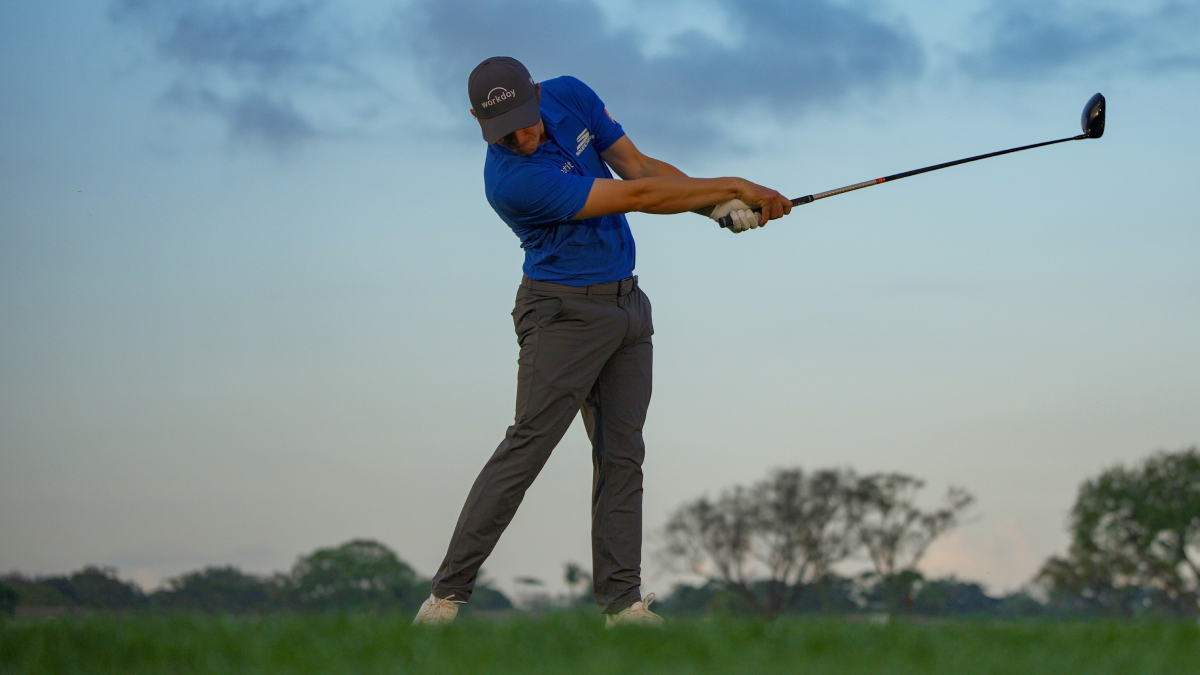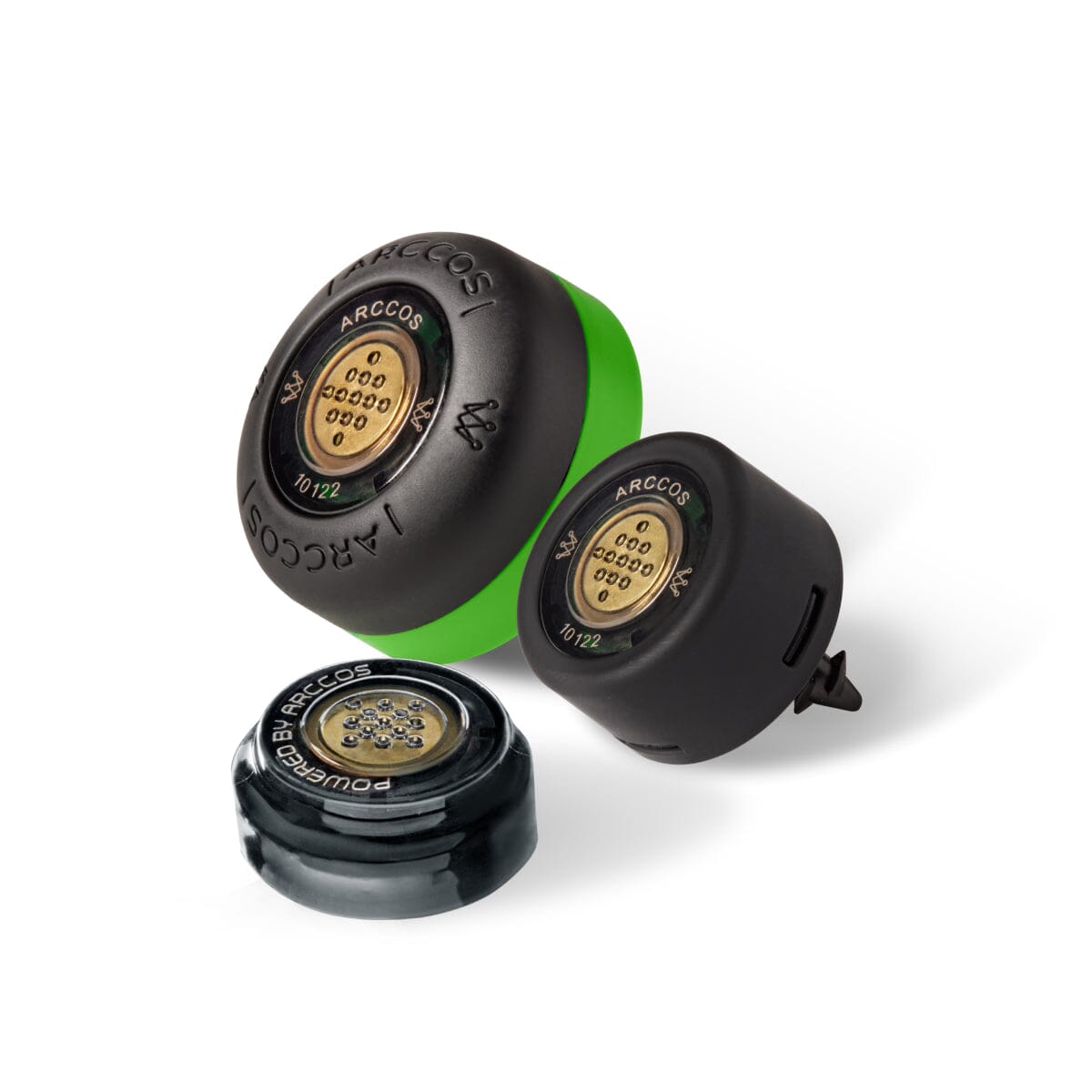
What kind of putter are you using at the moment; Mallets, blades, sabretooths, 2-ball? What kind of grip are you using; Arm-lock, left hand low, claw? There are endless combinations of ways to putt, and there’s no right or wrong answer to what’s best. Michelle Wie won the U.S. Women’s Open with a 90-degree, tabletop, setup, Jordan Spieth has been using the same putter since 8th grade, and Bryson DeChambeau tried a side saddle stroke back in 2016.
These are all top-tier players, each with their unique approach to putting. What works for one person may not work for another. At first, glance, putting may seem like an unsolvable puzzle, but with the right data, you can uncover what adjustments you need to make to enhance your game. Here are some tips if you're looking to improve your putting:
Know if you need to improve your putting in the first place.
Perhaps you're already a pro at putting (so you think), or maybe your struggles lie elsewhere, like approach shots. One off day on the green doesn't necessarily mean you're a poor putter; it could just be a temporary hiccup. Using Arccos over a few rounds can provide insights through strokes gained putting breakdown, comparing your putting performance to your target handicap.
Know what parts of your putting need improvement.
You could be good at longer putts but suck at shorter putts. Arccos’ advanced technology will evaluate the different parts of your putting to determine if you are gaining or losing strokes on the green, this can include 3-putt percentages, make percentages, putts by hole, average putts per round, and more.
For instance, here is the average make % from 3-5 feet, 6-9 feet, and 10-14 feet for different handicaps. Be sure to check out the Arccos App to see more distances.

Adjust your putting as necessary.
This might mean a new putter or a new putting stroke. A lot of it will be in the data. With Arccos, you’ve recognised one your putting needed some TLC, and two, where exactly in your putting game needed improvement.
Armed with your data, consulting a teaching pro or fitter can offer valuable insights into your game and get your putting game “rolling”. They can help you make adjustments tailored to your needs, based on where in your putting you might be missing strokes.
Have confidence.
Some days, your putter feels like magic; other days, it's colder than the final round of the 2007 Masters. Remember, confidence plays a significant role. Michelle Wie and Bryson DeChambeau may have looked a bit silly with how they putt, but they were confident in their stroke.
In the end, it's about finding the right putter and stroke for your game but also trusting the data to guide you toward improvement and confidence on the green.






Share:
Arccos Member Free Sensor Program
Arccos Signs Leading Content Creator, Grant Horvat, as Brand Ambassador